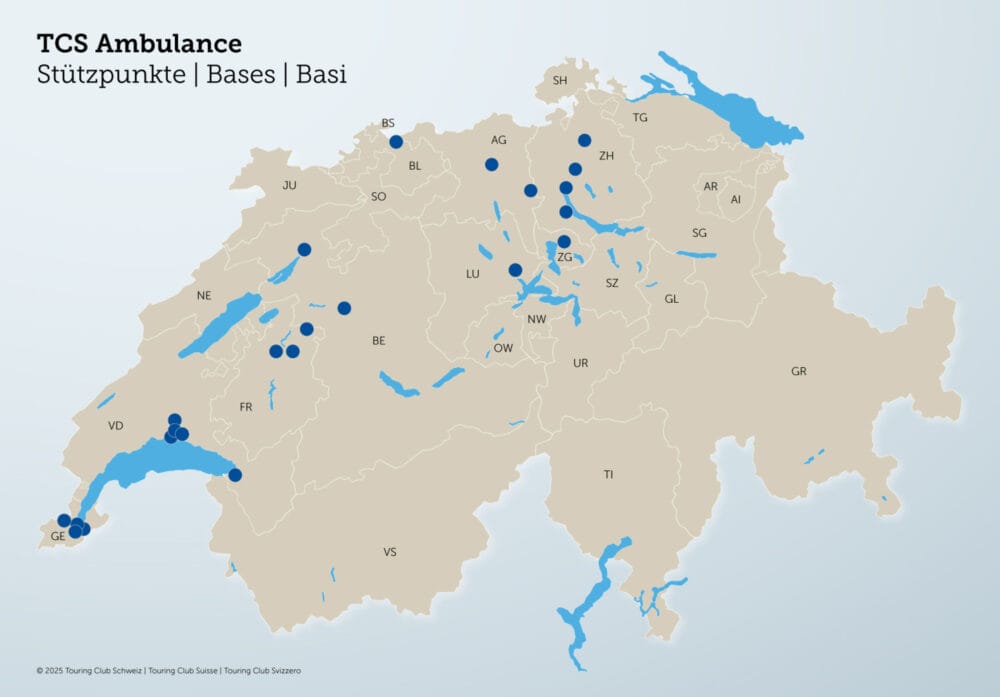Development of absenteeism
Absenteeism in Switzerland is increasing from year to year: in 2020, a new high of 8.1 days per full-time equivalent was reached, not least against the backdrop of Covid-19. However, the figures from the Swiss Federal Statistical Office show that this is not just a Covid-19-related problem, as lost days already rose from 6.6 to 7.2 per full-time equivalent between 2015 and 2019.

Analyses from Germany show that the increase in absenteeism cannot simply be explained by Covid-19. For a recent sickness absence analysis, the Berlin-based IGES Institute evaluated data from more than 2.4 million insured employees of DAK-Gesundheit.
The samples show no increase in absenteeism over the year and no direct correlation between Covid case numbers and absenteeism. However, when interpreting and comparing the results with Switzerland, it should be noted that the case numbers in Germany were significantly lower.
The highest absenteeism rates are found in the first wave. Thereafter, there is a decline and absenteeism is lower than in previous years. The second wave from October onwards does not lead to a corresponding increase in absenteeism, despite the high number of cases. Over the year as a whole, absenteeism is slightly lower than in previous years. The analysis of the causes of absenteeism also shows no direct correlation with Covid-19. However, mental illnesses reached a new high of 20 percent of all absences, with a significant increase of eight percent in the case of adjustment disorders in particular.
Diseases of the musculoskeletal system also increased, with days lost due to back pain rising by seven percent compared to the previous year. Respiratory diseases ranked only third among the most important types of illness in the Corona year 2020, with a decrease of 3.6 percent.
Sectors with a high proportion of home offices had lower absenteeism than others in 2020: For example, the analysis shows below-average absenteeism for banks, insurance companies and IT services. However, absenteeism rates were above average in the healthcare sector and in the transport and logistics industries.
Causes of the development
Back to the development in Switzerland. Even if no 1:1 conclusions can be drawn for Switzerland, it can be assumed that the increase in absenteeism in Switzerland is not due to Covid 19-related absences from work. Rather, the perceived increase in stress, which was felt by around 50 percent of those in employment, is likely to be relevant for the increase in absenteeism.
Health Promotion Switzerland conducted a Job Stress Index survey in the first quarter of 2020, before the acute phase of the Covid 19 pandemic: Three out of ten employees complain of stress, and more than half of them are emotionally exhausted. One reason for this is an imbalance between stress and resources. Employees who are affected accordingly have an increased risk of mental illness, such as burnout, with the threat of long-term or permanent incapacity to work.
Consequences for the companies
The corresponding increase in defaults has a financial impact on the KTG insurers on the one hand and on the companies on the other. In some cases, insurance companies have to restructure the contracts, i.e. increase premiums, which leads to additional costs for employees and the company. However, the insurance costs only represent part of the costs and problems; the additional burden on supervisors and employees, delays and qualitative problems are usually much more dramatic.
This technical article appeared in the printed edition SAFETY-PLUS 3-2021.
You want to read the articles of this issue? Then close right now here a subscription.









